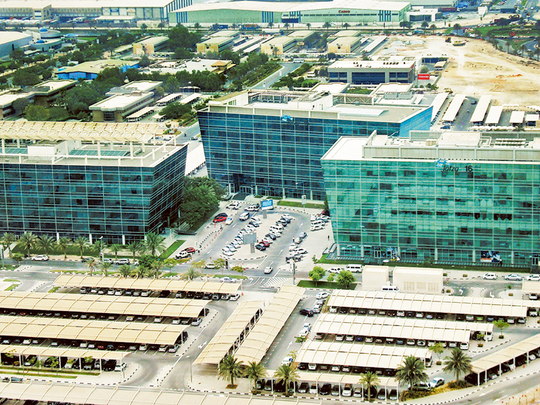
Dubai: Industrial and commercial property continues to be the best performing within Dubai’s real estate space, helped by a marked demand build-up for logistics facilities.
“Key areas such as Jafza [Jebel Ali Free Zone Authority] and onshore locations such as DIP [Dubai Investments Park] continue to command a great share of occupier interest,” says an update from Cluttons, the property services firm. “We have seen an ongoing trend for large third-party logistics occupiers — including RSA logistics, Kuehne + Nagel, RHS logistics, CPL, Mohebi Logistics and Panalpina — moving to, and expanding their operations, in Dubai South, pre-empting the expansion of Al Maktoum International Airport and the World Expo in 2020.
“Build-to-suit facilities have increased in popularity over the last 12 months, with Dubai South and Jafza being the focus of such activity. The government has been quick to react to increasing demand and has moved to support growth, recently announcing that international developers and investors will be permitted to buy land in key freehold areas of Dubai South, although it is not yet known what use permissions will be available.”
Commercial realty’s performance will come as a relief after the less than stellar showing put in by residential — in the final stages of a two-year downturn — and office rental demand. Interestingly, while the oil price decline put the squeeze on office demand, it did not seem to have had any impact on deals involving industrial real estate.
The government’s efforts in this regard have been helpful.
“The new Dubai Industrial Strategy was also launched at the end of June, with an aim to enhance its image as a platform for innovative industries in an environment of growth and sustainability,” says the report.
“These initiatives, however, come at a time when rents have been largely stagnant, with a number of declines witnessed in the past 12 months. “Towards the end of 2014 and into Q1-2015, strong rental increases were recorded across the industrial sector. [The first quarter of 2015] appears to have represented the top of the market in most areas and there has been a subsequent, but gradual, decline in rents. We expect further rental falls over the remainder of 2016.”











